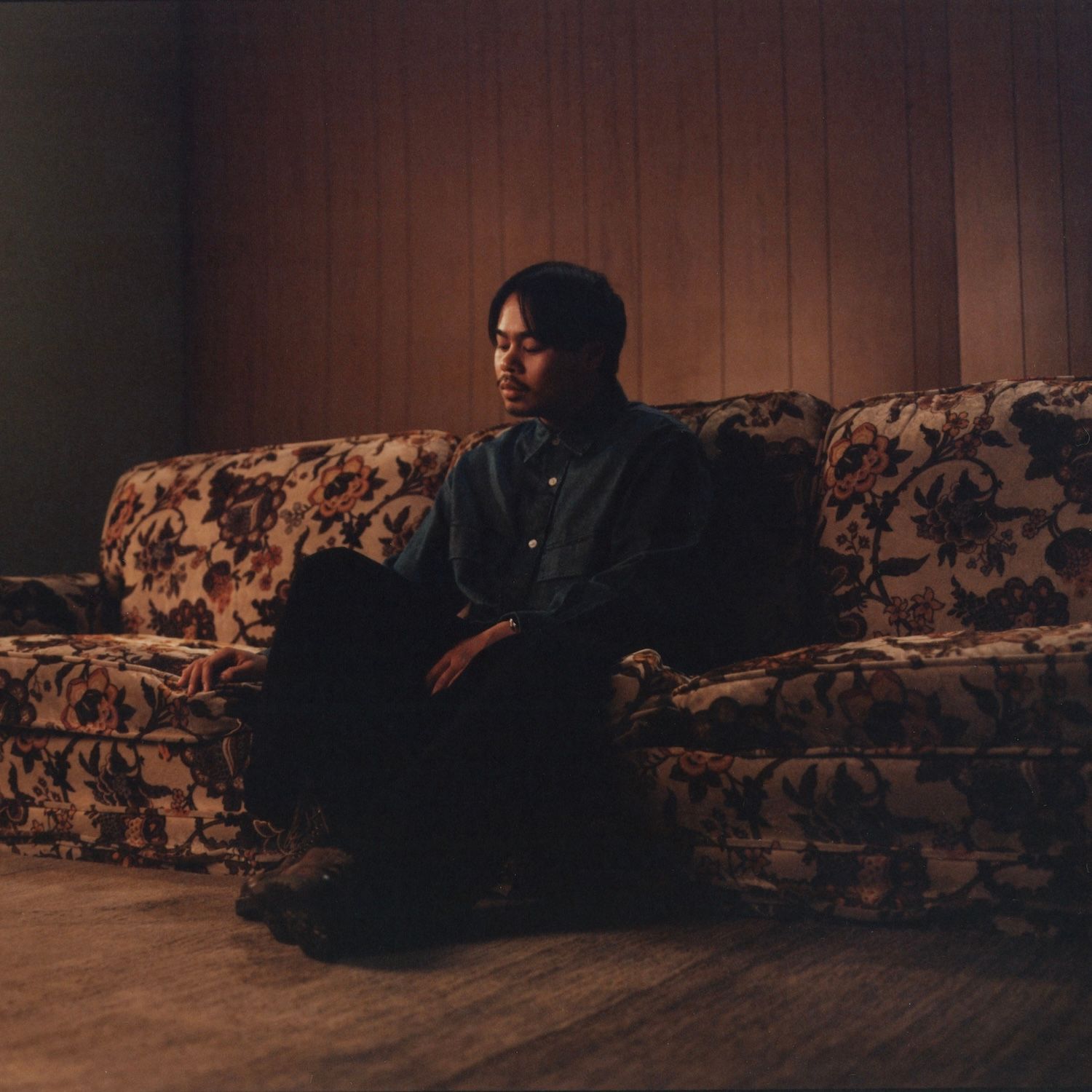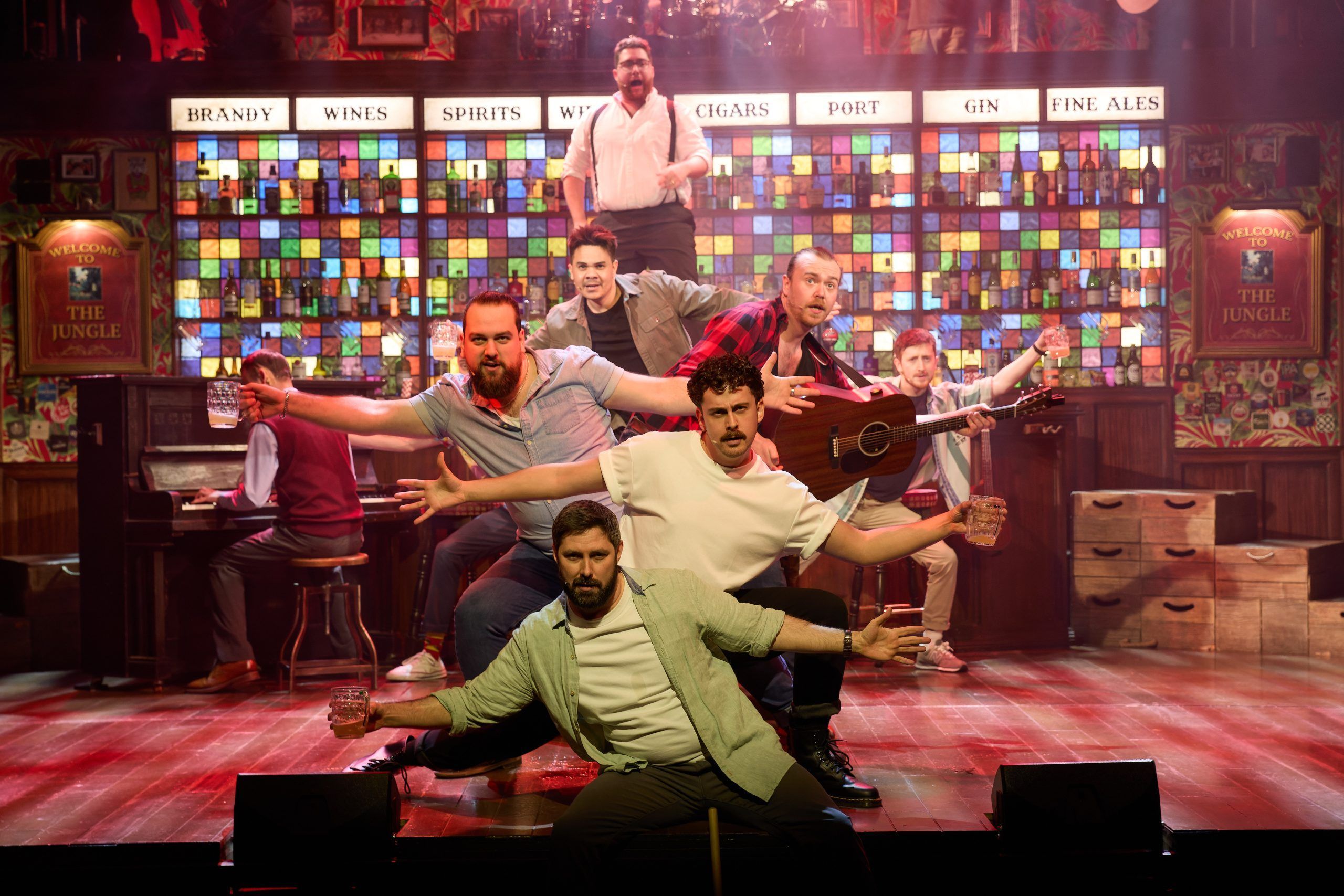The legal system is often imagined as a sterile mechanism, a complex apparatus where facts, statutes, and evidence are fed into one end, and a just, logical outcome emerges from the other. We picture scales, blindfolds, and gavels—symbols of impartial calculation. This perception, however, overlooks the most critical element in any legal dispute: the human story. The formal documents—the complaint, the filings, the motions—are merely the blueprint. They lay out the dimensions and specifications of a conflict, but they are flat, lifeless, and devoid of the texture of lived experience. A case that is truly built, not just filed, recognizes that these blueprints must be used to construct a three-dimensional narrative. It is within the walls of this narrative, framed with empathy and structured with a clear theme, that a judge or jury resides.
The strength of this construction, its ability to convey a compelling human truth, is what ultimately determines whether the structure stands or falls.
Beyond the Police Report: The Incompleteness of Raw Data
Consider the aftermath of a traffic collision. The police report meticulously notes the point of impact, the length of the skid marks, and the statements of witnesses. Medical records list diagnoses and treatment codes with clinical precision. These documents are essential pieces of data, yet they are profoundly incomplete. They fail to capture the visceral terror of the moment, the sound of metal twisting, or the lingering anxiety that follows a person for months or years. They do not speak to the chronic pain that disrupts sleep, the lost income that destabilizes a family, or the cancellation of plans and dreams. This is the chasm between raw data and lived reality. An experienced car accident HHT attorney Valleyrecognizes that their primary role is to bridge this gap. Their work is not simply to submit a file containing these reports, but to translate the cold, sterile facts into a coherent and resonant narrative of cause, effect, and profound human cost for an insurer or a jury to comprehend.
The Psychology of Persuasion: Cognitive Biases in the Legal Arena
The power of a framed story is rooted in the fundamental workings of the human mind. Our brains are not passive recorders of information; they are active interpreters, constantly seeking patterns and shortcuts to make sense of a complex world. This process is governed by cognitive biases. For instance:
- The Availability Heuristic makes us place greater weight on information that is easily recalled—and a vivid, emotional story is far more memorable than a dry statistic.
- Confirmation Bias leads people to favor information that supports a conclusion they have already begun to form.
When a legal team presents a coherent narrative from the outset, they provide an easy-to-adopt framework that capitalizes on these tendencies. As subsequent evidence is presented, the judge or jury is more likely to slot each new fact into this existing story, reinforcing their initial impression. An unframed case, by contrast, forces them to build their narrative from scratch, a process that can lead to unpredictable and unfavorable interpretations.
Weaving the Narrative: A Consistent Theme from Deposition to Closing
Effective narrative framing is not a dramatic flair reserved for the closing argument; it is a meticulous, disciplined craft that begins the moment a case is taken. Every stage of the legal process becomes an opportunity to lay another stone in the foundation of the story. During a deposition, questions are phrased not merely to extract information but to get an opposing party to confirm a key theme. In written motions, the language used consistently reinforces the core narrative for the judge long before a trial begins. The selection of evidence becomes a curatorial act—a photograph of a client struggling with a daily task can say more than pages of medical charts. This sustained effort ensures the story is not just told, but deeply embedded in the record. Skilled lawyers from HHT Law understand this marathon-like approach. They know the final summation is only powerful if it serves as the capstone to a structure that has been carefully and consistently built, piece by piece, from the very start.
The Tangible Impact: How Framing Drives Favorable Settlements
While courtroom dramas capture the imagination, the vast majority of legal disputes are resolved at the negotiation table. Here, the power of a well-framed story has its most frequent and tangible impact. An insurance adjuster or opposing counsel is tasked with assessing risk. When they review a case file, they are not just calculating medical bills and lost wages; they are trying to predict what a jury might do. An analysis of the two primary framing approaches reveals their starkly different impacts on that prediction:
| Element to Analyze | Transactional Framing (Data-Driven) | Narrative Framing (Story-Driven) |
| Core Content | A simple collection of medical bills, expenses, and lost wage calculations. | A compelling story of a client’s suffering, resilience, and permanently altered future. |
| Opponent’s Analysis | A straightforward cost-benefit calculation. “What is the minimum we need to pay?” | A prediction of a jury’s potential empathy. “What could a jury award for this person’s pain?” |
| Perceived Risk | A manageable, predictable financial liability based on hard numbers. | A credible and foreseeable threat of a significant, emotionally driven jury award. |
A claim presented as a simple collection of expenses invites this transactional, cost-benefit analysis. But a claim presented through a compelling narrative forces a different calculation. The story makes the human cost palpable and transforms the abstract risk of a trial into a concrete threat. This narrative leverage is what consistently elevates settlement offers, ensuring the final figure reflects not just the documented expenses, but the full, human dimension of the harm done.
Justice, Empathy, and the Human Element
Ultimately, the distinction between a filed document and a framed story is the distinction between information and meaning. While the machinery of law requires facts, the administration of justice requires understanding. A stack of papers can prove an event occurred, but it cannot, on its own, convey the weight of that event upon a human life. The true work of legal advocacy, then, lies in this act of translation. It is about taking the cold, hard skeleton of fact and breathing life into it through narrative, context, and a clear articulation of the human stakes. This is not a matter of distorting the truth, but of ensuring the truth is fully seen and felt. By building a case that is both factually sound and emotionally resonant, a story is presented that allows decision-makers to move beyond mere calculation and engage with the profound, human reality at the heart of the dispute, which is the only path to a truly just resolution.




